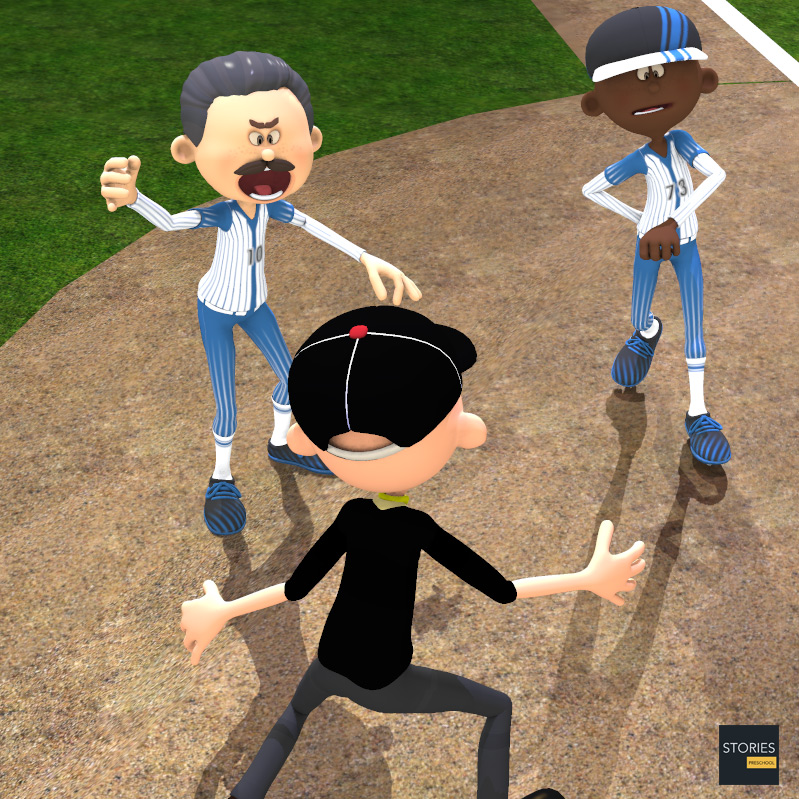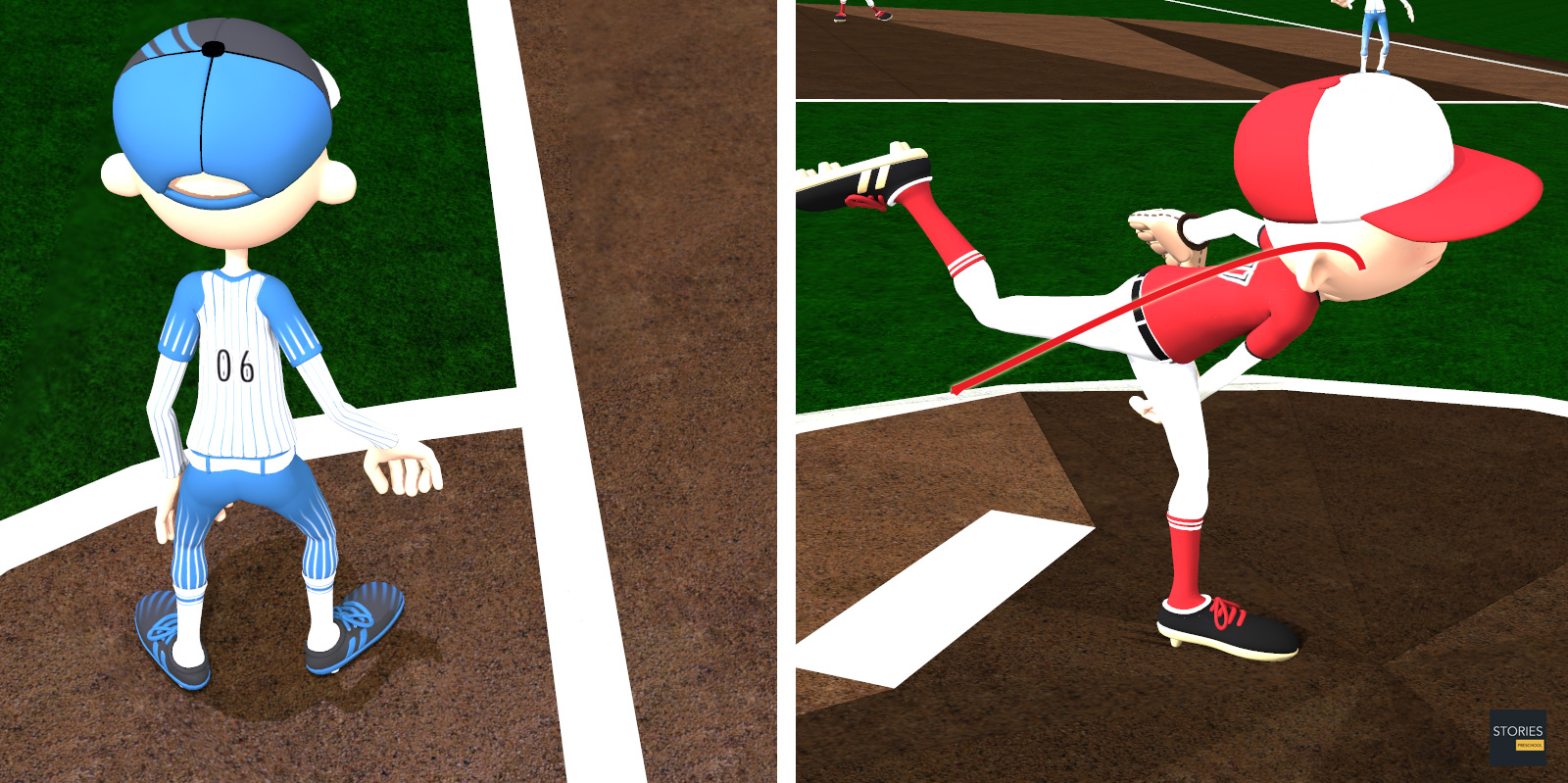Baseball

Baseball Count
In baseball and softball, the count refers to the number of balls and strikes a batter has in his current plate appearance. It is usually announced as a pair of numbers, for example, 3-1 (pronounced as "three and one," or, alternatively, "a three-one count"), with the first number being the number of balls and the second being the number of strikes.
An individual pitch may also be referred to by the count prior to its delivery, for example, a pitch thrown with a count of three balls and one strike would be called a "three-one pitch."
A count of 1-1 or 2-2 is called even. Zero is commonly pronounced "oh," although a 0-0 count is rarely expressed as such — the count is typically not mentioned until at least one pitch has been thrown.
The home plate umpire will signal the count with the number of balls on his left hand, and the number of strikes on his right hand. (As a result, it reads backwards when viewed from the pitcher's point of view.) Individual umpires vary in how frequently they give this signal; it is often done as a reminder when there has been a slight delay between pitches (such as the batter stepping out of the batter's box). It can also be a signal to the scoreboard operator that an incorrect count is being shown on the board. Some umpires may also give the count verbally, although usually only the batter and the catcher can hear it.
An important part of baseball statistics is measuring which counts are most likely to produce favorable outcomes for the pitcher or the hitter. Counts of 3-1 and 2-0 are considered hitters' counts, because the pitcher—faced with the possibility of walking the batter—is more likely to throw a ball in the strike zone, particularly a fastball.
Somewhat surprisingly, in general, a 3-0 count tends to yield fewer hittable pitches, depending on the situation. (Baseball fans have often suggested that this is because umpires are reluctant to call four straight balls and as a result "ease up" on the fourth pitch, treating it as having a wider strike zone.) Often batters will take (not swing at) a 3-0 pitch, since the pitcher has missed the strike zone three straight times already, and a fourth would earn the batter a walk. This is a sound strategy because the batter is more likely to eventually reach base even if the count becomes 3-1 than he is if he puts the ball in play on 3-0. In some situations, it is also advantageous to take on 2-0 and 3-1.
Counts with two strikes (except 3-2) are considered pitchers' counts. An 0-2 count is very favorable to a pitcher. In such a count, the pitcher has the freedom to throw one (or sometimes two) pitches out of the strike zone intentionally, in an attempt to get the batter to chase the pitch (swing at it), and strike out.
Arguing as to whether a pitch was a ball or a strike (which is a judgment call by the umpire) is strictly prohibited by Major League Baseball rules. Such an infringement, known as "arguing balls and strikes," will quickly lead to a warning from the umpire, and the player or manager may be ejected from the game if they continue to argue.

Full count
A full count (sometimes called a full house, which is the usual term in softball) is the common name for a count where the batter has three balls and two strikes. The term may derive from older scoreboards, which had three spaces for balls and two for strikes, since this is the maximum number of each that can be achieved before the plate appearance ends (such as with a strikeout, walk or hit). Many scoreboards still use light bulbs for this purpose, and thus a 3-2 count means all the bulbs are fully lit up. The alternative or variant term full house is likely to have been influenced by the poker term for a hand with three of a kind and a pair.
Another strike against the batter will result in a strikeout, while another ball will result in a walk. However, a batter may maintain the two strikes indefinitely by hitting foul balls, so a full count does not always mean that only five pitches have been thrown, nor that there is only one more pitch to throw.
A pitch which is thrown with a full count is often referred to as a "payoff pitch", since it is likely to be a good pitch for the batter to swing at. With three balls already, the pitcher cannot afford to miss the strike zone, which would result in ball four and a walk for the batter.

Baserunners often will run on the pitch, even if they are not very fast runners, especially with two outs, as runners cannot be caught stealing or doubled off because the batter either will strike out to end the inning, walk to force the runners to advance, or put the ball in play and an out would be the third in an inning (in the event of a foul ball, the runner must return to his original base).
SPORTS

RESOURCES
This article uses material from the Wikipedia articles "Baseball" and "Count", which is released under the Creative Commons Attribution-Share-Alike License 3.0.
© Stories Preschool. All Rights Reserved.












